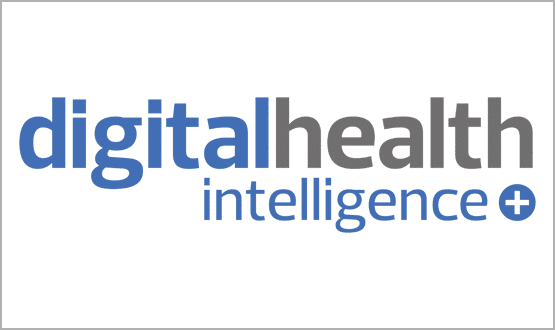The future of digital imaging
- 13 August 2004
 Dr Mahibur Rahman
Dr Mahibur Rahman
Healthcare Imaging UK
The government recently announced that all acute trusts in England will move to PACS within the next three years. This is a huge undertaking both in terms of costs and especially change management and implementation at a time when people are questioning the benefits of increased IT expenditure in the NHS. So what are the benefits, for patients and clinicians, of moving to a digital imaging system such as PACS? What will be possible once PACS is fully rolled out, and what needs to be done to get there? We will look at a case study to demonstrate the benefits of PACS and then explore emerging trends in digital imaging.
PACS in the real world: A case study
A 25 year old man riding a motorcycle involved in a road traffic accident is admitted to the nearest hospital (a district general hospital), with multiple leg fractures and a head injury. He has X-rays and a CT scan, which reveal that as well as the leg fractures, he has a spinal fracture. Once the scans are reviewed by the orthopaedic surgeons, they request an urgent opinion from the nearest centre with spinal surgeons (50 miles away).
After reviewing the images via a web-based PACS, the spinal surgeons request an MRI scan of the affected area of the spine, and review the images “live” – as they are taken. This confirms the unstable nature of the fracture, and the need for urgent surgery to prevent permanent damage to the spinal cord and possible paraplegia.
The patient is flown by helicopter to the spinal unit, where the operating theatre is already prepared, with the necessary equipment, and all the images available on large wall mounted displays. By accessing the patient’s electronic health record, it is established that he has no serious medical history and so can proceed with the surgery. The operation is carried out within three hours of the ambulance first arriving at the scene, and the man makes a full recovery.
Initially he has follow up appointments at the spinal unit, but has all necessary scans and X-rays at his local hospital (saving him many long, uncomfortable journeys). His continued follow up is managed locally, with the spinal surgeons reviewing his images via the PACS and consulting jointly with the local surgeons via a videoconferencing link, minimising disruption to his life, as he has resumed work at this stage.
Efficient collaboration
This case is a useful way to show some of the benefits of moving to PACS. For the clinician, PACS allows quick access not only to the current images, but also previous X-rays and scans for comparison and follow up. It allows more efficient collaboration with colleagues (radiologists, surgeons, physicians) in other departments or hospitals, making clinicians’ working lives easier, and often having a real impact on patient outcomes.
Junior doctors especially will appreciate not having to traipse around wards in the early hours of the morning to collect brown X-ray packets for presentation at the daily trauma or X-ray meetings. For the junior doctor on call, it is often possible to get a quick second opinion from a senior doctor (who may be viewing the images from clinic at a remote site) and make a decision on the most appropriate management more quickly – saving the patient time waiting in the accident and emergency department.
For patients, the benefits can include quicker diagnosis and treatment. PACS can reduce the increased radiation exposure that comes from repeated examinations when X-rays are lost at clinic or on the ward just before an operation. They need never make a long journey to clinic for the result of a scan only to be told that it has been “misplaced” and “can you please come back next week”. Follow up can be managed more locally, causing less disruption for patients and carers.
Emerging trends
PACS is a fairly mature technology, but improvements are being made all the time. Over the next few years we will see more imaging modalities integrated into PACS, not just X-ray, CT, MRI but also echocardiograms, endoscopy, arthroscopy and ultrasound. We will also see integration with electronic patient records and tools to provide enhanced functions for different specialties. Surgeons will be able to template orthopaedic implants prior to surgery, a function already available on many systems.
PACS solutions will increasingly become web-based (or have a web-enabled option) to allow access to colleagues from further afield than within one trust or even one region. Computer aided diagnosis and decision support systems will develop to help junior doctors and, increasingly, nurse practitioners to identify abnormalities by comparing them to other images in the database.
To achieve all the benefits that digital imaging can offer, there are many changes that need to be made apart from simply installing PACS. Working practices will have to alter in most departments, and time will have to be set aside for training. Supporting equipment such as displays, printers and mobile access devices may need to be procured or upgraded for wards, clinics, offices and operating theatres.
X-ray boxes will become redundant, and will be replaced by large screen LCDs or, in some cases projection systems. There are often teething problems when implementing such large changes, and there are some common mistakes that can easily be avoided. We will look at this in more depth in a future article.
mahibur@healthcareimaging.co.uk
http://www.healthcareimaging.co.uk




